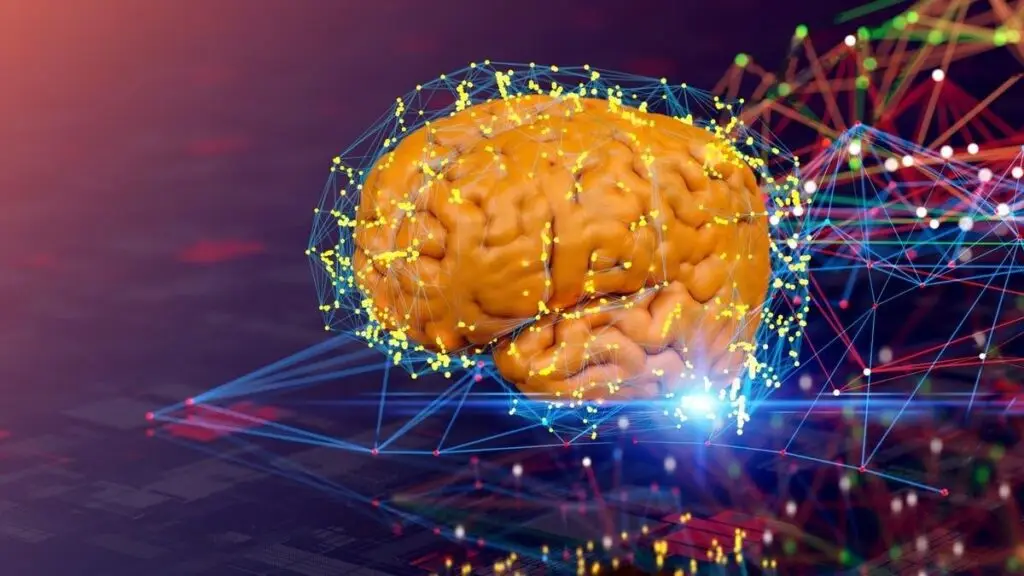The telecom industry is witnessing a paradigm shift with the advent of artificial intelligence (AI) and generative AI (GenAI). Companies can no longer rely on static bundles and fixed pricing. The rise of AI-powered systems allows for real-time adjustments, creating more dynamic and engaging services.
The convergence of AI and 5G technology is enabling Communications Service Providers (CSPs) to deliver tailored, on-demand experiences. However, many still struggle with fragmented data infrastructures, which limits their ability to meet evolving customer needs. Embracing AI and GenAI is not just an option but a necessity for staying competitive.
The Power of AI and Next-Generation Connectivity
The convergence of AI and 5G technology is revolutionising telecom services. AI-driven systems enable real-time adjustments, making it possible to create dynamic business models. These models involve third-party partners to deliver varied services like on-demand webcasts, instant gaming, and customised mapping applications.
AI and 5G together empower telecom leaders to become creators of entirely new connectivity experiences. GenAI furthers this evolution by automating the development and maintenance of these diverse services. This combination of technologies signifies a game-changing shift in how connectivity is delivered and experienced.
The Readiness of CSPs to Transition
Despite the exciting potential, many Communications Service Providers (CSPs) are not ready to make the transition. The core challenge is data. Traditional data infrastructures within many CSPs are fragmented, making it hard to create reliable insights. This fragmentation leads to slow response times that hinder customer demand fulfilment.
Dwindling revenues, strained margins, and dissatisfied customers are just a few business implications if CSPs cannot adapt. Outdated data infrastructures also restrict the ability of operations and marketing teams to use AI for transformative solutions that drive revenue and engagement.
A Data-Centric Approach
The path forward involves embracing a data-centric approach. Data products built on a unified model and data mesh architecture can revolutionise data management within CSPs. With this setup, AI and machine learning can analyse data to detect network anomalies, generate solutions, and automate tasks such as report generation.
By freeing up network engineers to focus on more complex issues, this approach optimises resource allocation. It also paves the way for enhanced customer experiences and operational efficiency, making the shift from traditional to AI-powered models smoother.
An example is the deployment of prescriptive analytics applications that boast over 90% accuracy in detecting network issues. These systems can identify many performance degradation events a week in advance, allowing for proactive measures to be taken.
Nokia’s Approach
Nokia is aware of the unique challenges CSPs face and offers a comprehensive software portfolio. This portfolio covers analytics, automation, monetisation, and security. Leveraging this alongside cutting-edge AI tools, Nokia empowers its customers to accelerate toward AI-driven operations and business models.
Results include increased revenue, improved customer experience, and reduced operational expenses. A notable example is how Nokia’s solutions have identified over 80% of potential churners in fixed wireless access services, enabling operators to address customer concerns.
Future Integration
In the coming years, the telecom industry will see deeper integration with enterprises. This will likely result in bundled services that combine network access with specialised offerings tailored to specific customer needs.
Edge computing will play a significant role by bringing consumer applications closer to the network’s edge. This will enable on-demand experiences that respond instantly to user needs rather than following predetermined subscriptions.
The goal is to create a network that adapts seamlessly to customer demands, providing personalised connectivity experiences. By embracing AI and GenAI, CSPs can evolve into digital experience providers, delivering services that are as dynamic as they are efficient.
The Path Forward for CSPs
To transition successfully, CSPs must adopt a unified data infrastructure. This change will enable faster and more reliable insights, improving the ability to meet customer demands and optimise network performance. By doing so, CSPs can stay competitive and relevant in an evolving market.
Building a strong AI and ML foundation is also crucial. Investments in these technologies will allow CSPs to innovate and create new revenue streams, enhancing both business growth and customer satisfaction.
The Benefits of AI and GenAI
AI and GenAI offer numerous benefits, from automating routine tasks to predicting customer needs. This technology can significantly enhance the quality of services provided, making them more reliable and efficient.
For instance, AI can predict when network issues might arise, allowing CSPs to act proactively. This not only improves service reliability but also increases customer trust and satisfaction.
In conclusion, the adoption of AI and GenAI can lead to a more personalised and seamless digital experience for customers. Embracing these technologies is not just an option but a necessity for CSPs aiming to stay ahead in the competitive telecom landscape.
The telecom industry is on the brink of a major transformation. By adopting AI and GenAI, companies can deliver more personalised and adaptive services. This technological shift will enable better customer satisfaction and operational efficiency.
AI and GenAI are not just enhancements but essential tools for staying competitive. CSPs must embrace these innovations to evolve and thrive in the modern digital landscape.

